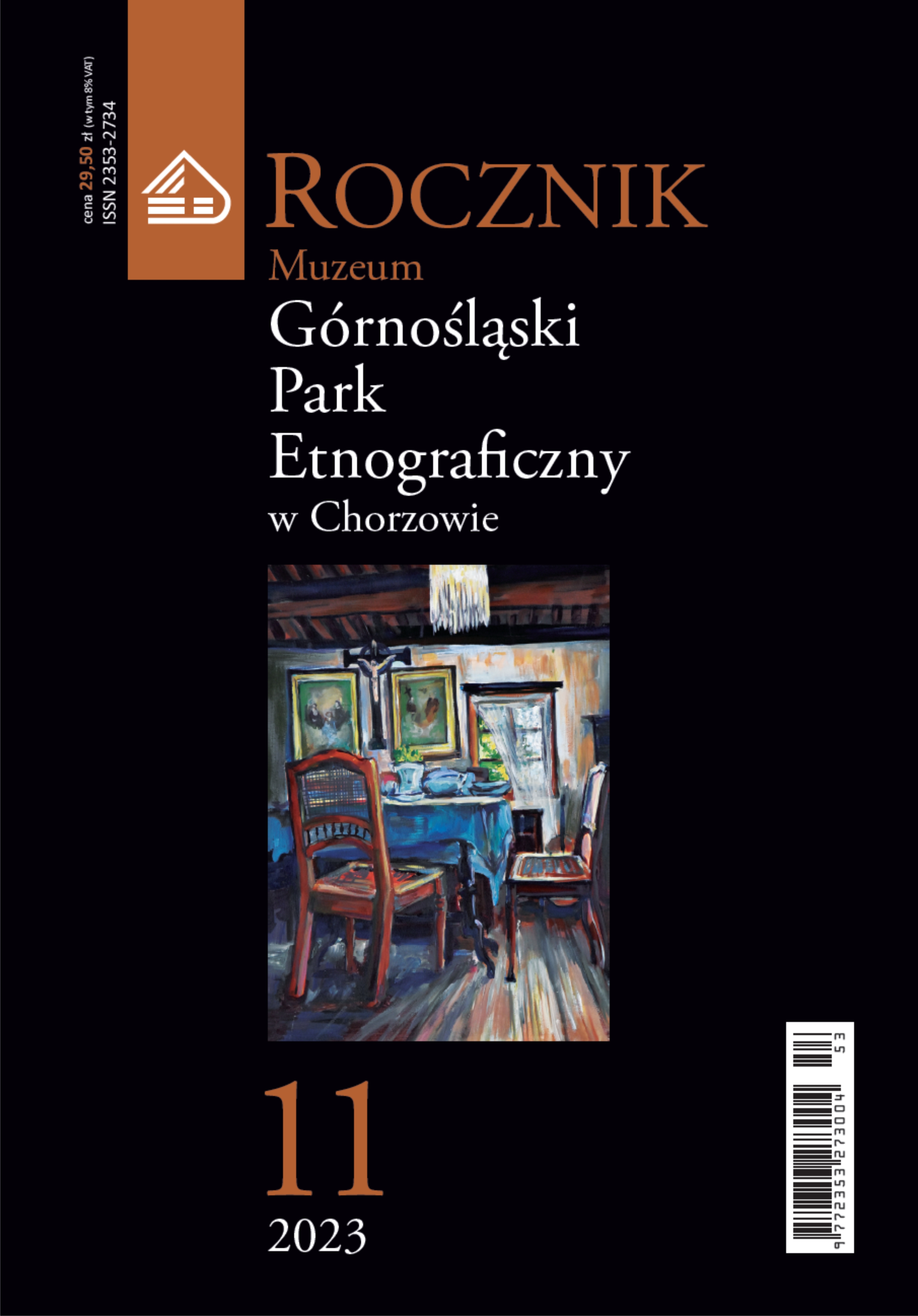Genealogia rodu Korfantych z uwzględnieniem elementów biografii członków rodziny Wojciecha Korfantego oraz weryfikacją wywodu przodków opracowanego przez Artura Korfantego
The genealogy of the Korfanty family, including the biographical details of members of Wojciech Korfanty’s family and verification of the ancestral genealogy compiled by Artur Korfanty
Author(s): Krzysztof BullaSubject(s): History, Local History / Microhistory, Recent History (1900 till today)
Published by: Wydawnictwo Muzeum „Górnośląski Park Etnograficzny w Chorzowie”
Keywords: genealogy; Upper Silesia; Siemianowice Śląskie; Sadzawki; Wojciech Korfanty; Artur Jan Korfanty
Summary/Abstract: The article is divided into three parts. The first one focuses on Wojciech Korfanty's immediate family and, in addition to strictly genealogical data, is supplemented with biographical information. As part of the research, it was established that Wojciech Korfanty's grandfather, Adam Korfanty, came to the Siemianowice part of Sadzawki from Siemianowice, most likely between 1833 and 1836, and settled there as a cottager. His descendants also lived there and found employment in the Fanny mine. Peasant farmer, Jan Klecha, i.e. Wojciech Korfanty's maternal grandfather, came from Kalina (in the Lubliniec District), but he decided to leave his farm and come to Bytków between 1854 and 1859, and then settle in the Michałkowice part of Sadzawki. This family also became involved with mining and the Fanny Mine. Father-in-law Piotr Sprott achieved great social advancement, and the family had quite a high financial status. He was the son of a bailiff from Tanina (in the Lubliniec District), but he emigrated to Bytom and got a job in a mine, and then engaged in trade and investing in real estate. In this context, the view appearing in the literature that Elżbieta Sprott worked as a saleswoman in the Barasch brothers' store was questioned, and an attempt was made to explain why this fact offended Wojciech Korfanty so much. The story of Małgorzata Nowak's accusations that he was the father of her illegitimate son Wojciech was also outlined. The short biographies describe the life of Wojciech Korfanty's siblings, including his brother Andrzej, who emigrated to Canada around 1908–1909. The second part of the text is a reconstruction of the line of Wojciech Korfanty's ancestors. Both paternal and maternal ascendants were discussed. It seems that the main purpose of the article was achieved. It was possible to determine Wojciech Korfanty's ancestors in all lines, at least until the 18th century, and in the case of the paternal line, it was possible to go back even to the 17th century. Most of the ancestors came from the historical area of Upper Silesia and were mainly associated with agriculture, although, for example, the ancestors from the Cyron and Leischwitz families were hunters, and Jan Neopold was a writer and administrator in Kopienica. Only with the development of industry did Wojciech Korfanty's ancestors gradually move to work in hard coal mines. In the third part of the article, an attempt was made to verify the line of the ancestors prepared by Artur Jan Korfanty. The author argued that the oldest ancestors of the Korfanty family originated from Venice and came to Siemianowice only in the 17th century. However, after checking the data in the record books, many of the cited genealogical data turned out to be inconsistent with reality or impossible to confirm. It was established that the Korfanty family is most likely of local origin, which is confirmed by the occurrence of this surname in records of the 16th and 17th centuries also in parishes in the region of Wielkopolska and Małopolska.
Journal: Rocznik Muzeum „Górnośląski Park Etnograficzny w Chorzowie”
- Issue Year: 2023
- Issue No: 11
- Page Range: 10-100
- Page Count: 91
- Language: Polish

